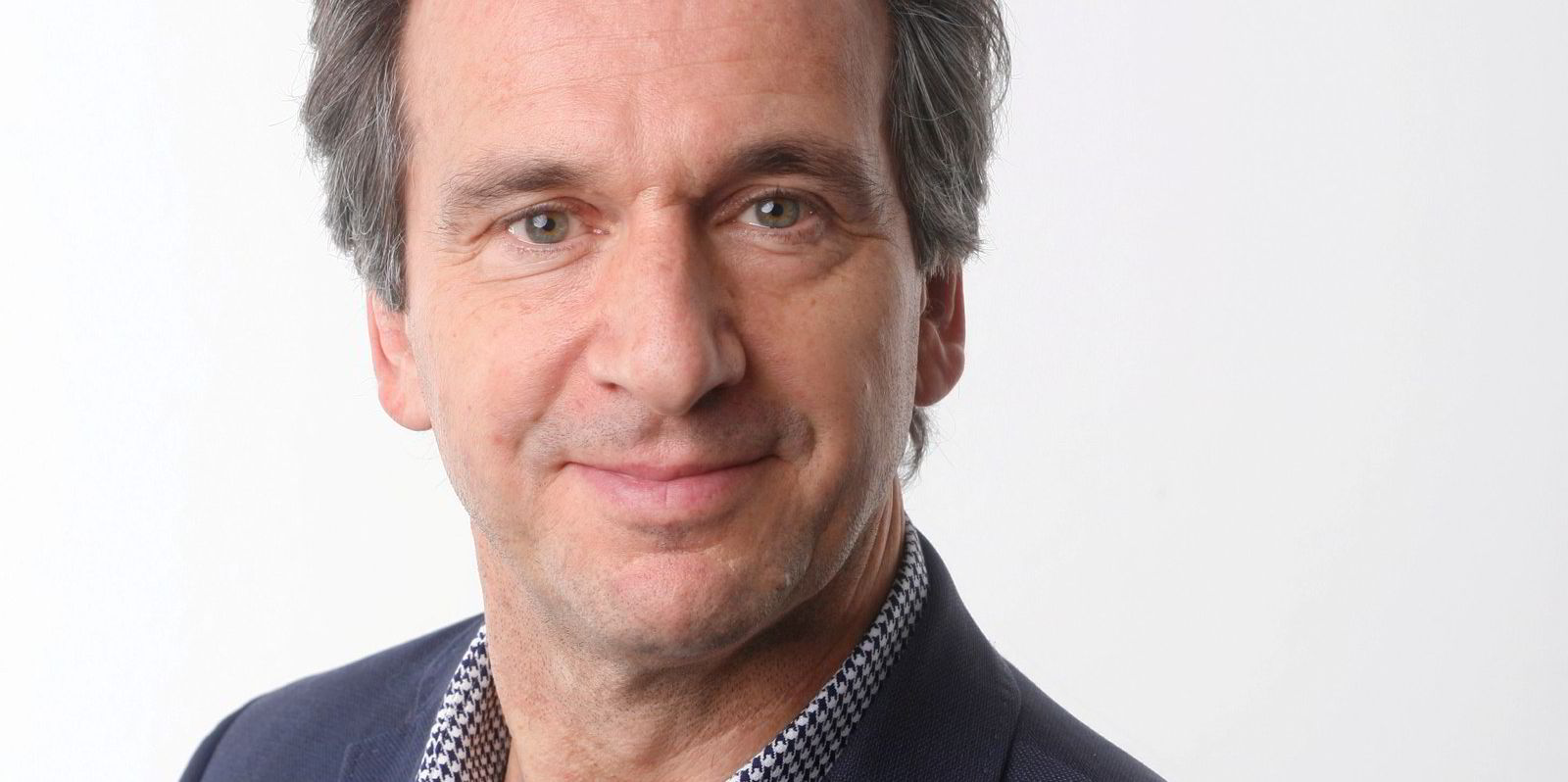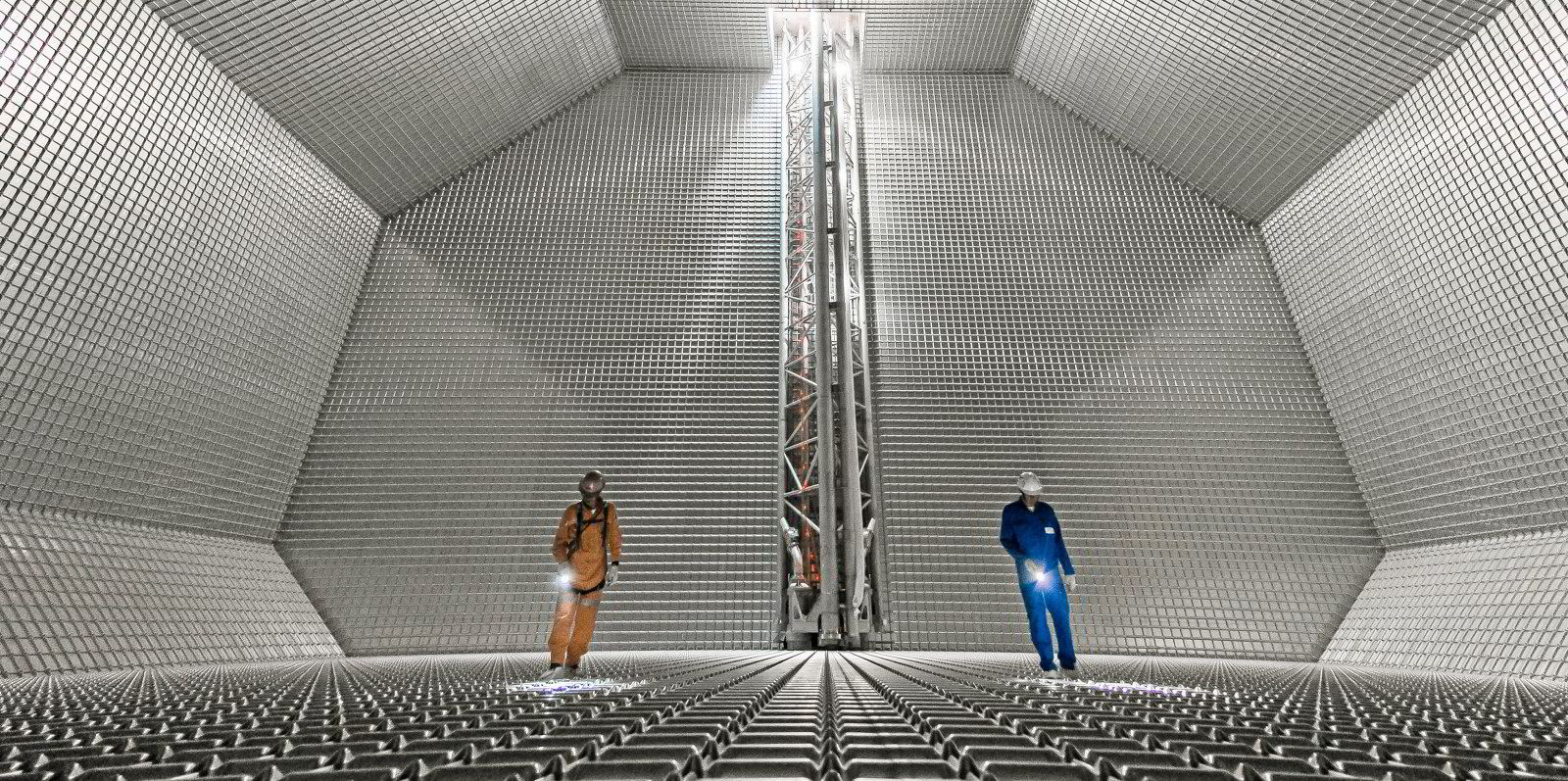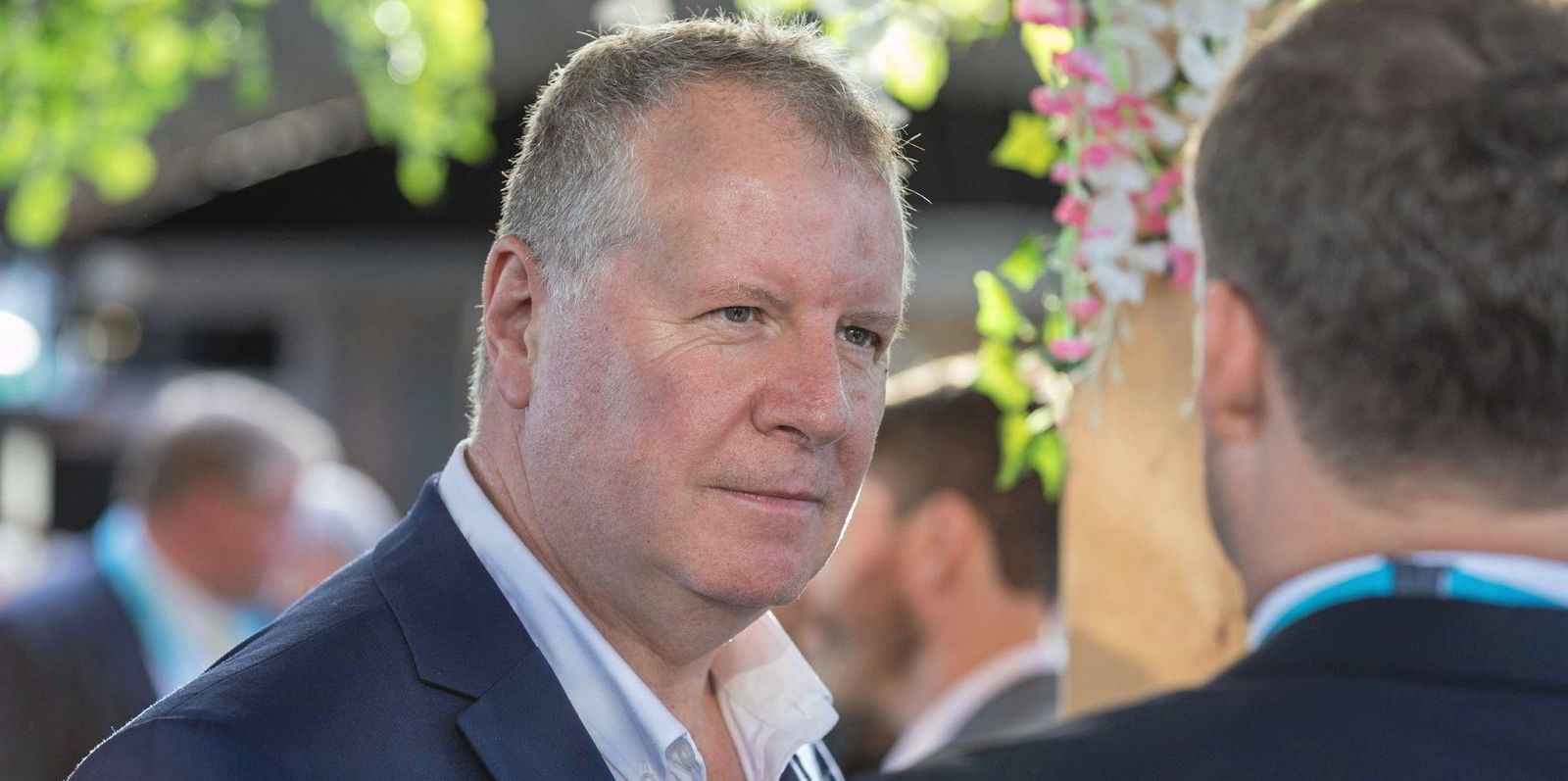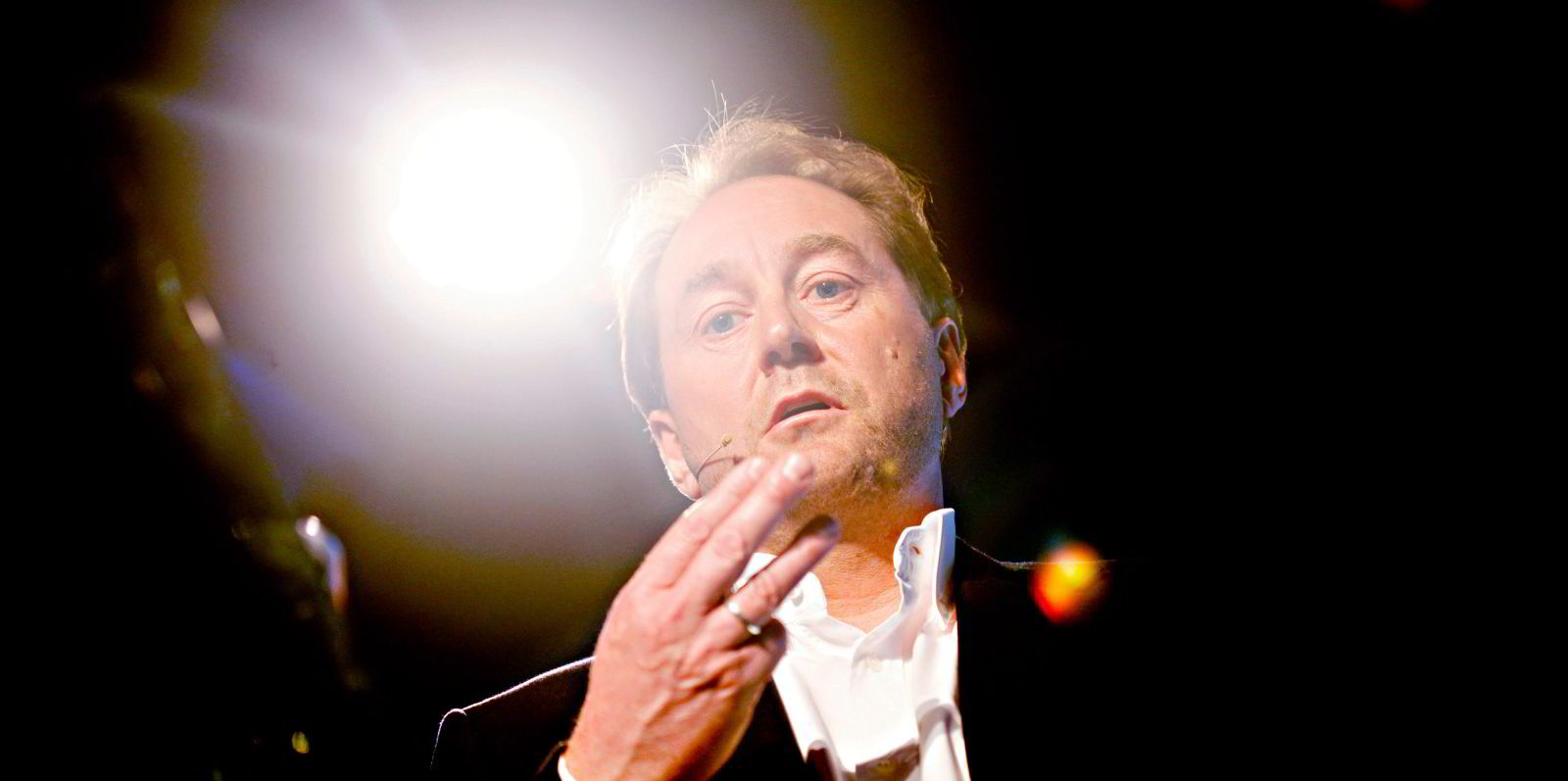Finnish technology group Wartsila is encouraged by its latest successful engine tests of an ammonia fuel blend.
But marine power president Roger Holm told TradeWinds that availability of green ammonia will determine take-up of the new technology.
Wartsila announced earlier in July that it had trialled a blend of up to 70% ammonia and 30% gasoil in its laboratory in Vaasa, Finland.
Holm said the results had been good and really encouraging.
"That has been really, really exciting," he said. "Our expectation is when the demand for less emissions increases, our customers want to take it from a blend perspective due to cost reasons."
Ready this year
Wartsila has said an engine to run on an ammonia blend will be available this year.
"You need to have necessary precautions in place," Holm said.
"If we look at activity in the markets, maybe green methanol is the thing that is more on a shorter time horizon, but quite quickly after comes green ammonia as well."
Holm said there has been a lot in interest in the renewable non-carbon fuel in Norway, where a lot of production projects are underway.
Norwegian companies Amon Maritime and ECONNECT Energy went public earlier in July with a plan to develop the first ammonia bunkering stations.
"There are lots of discussions around these future green fuels," Holm said. "What is important is we can help our customers during the energy transition.
"You might order a vessel going for LNG now, and then you might convert it later to either green methanol or green ammonia — and then you have a vessel that will comply during its lifetime."
Holm said Wartsila will monitor how market demand progresses, but it should have a pure ammonia engine concept ready by 2023.
"Let's see how quickly the availability of fuels will be there," he said. "That's a big question mark. That's the biggest question mark — that will determine the uptake of these fuels in the market."
Hydrogen also under scrutiny

Hydrogen has also been successfully tested in an engine.
Holm said this work is more land-based for now, with a concept ready by 2025.
"But it's the same engines we're talking about, so let's see which market develops first, land-based or maritime," he said.
Sean Fernback, president of the voyage digitalisation division, said demand has been trending in the right direction in the second quarter of this year.
The company is combining its voyage optimisation fleet operations solution (FOS) and its port management information system to help reduce terminal congestion.
Just in time
"We make sure the captain controls the speed of the vessel to arrive just in time, so there is no staying out on anchor burning fuel, waiting," Fernback said.
"If you look at Beijing and Los Angeles, some of these vessels are out for up to 14, 15 days. It's a waste of time and a waste of fuel."
He said the two systems have come together really well and now it is all about scaling them up.
The key is building software out into ports, as Wartsila already has in a collaboration with the Tanger Med terminal in Morocco — Africa's biggest.
"That was a big one and there are a few more in the pipeline," Fernback said.








